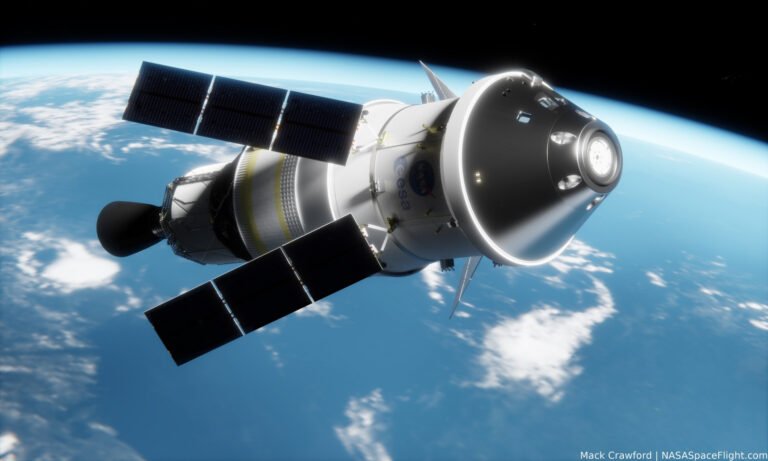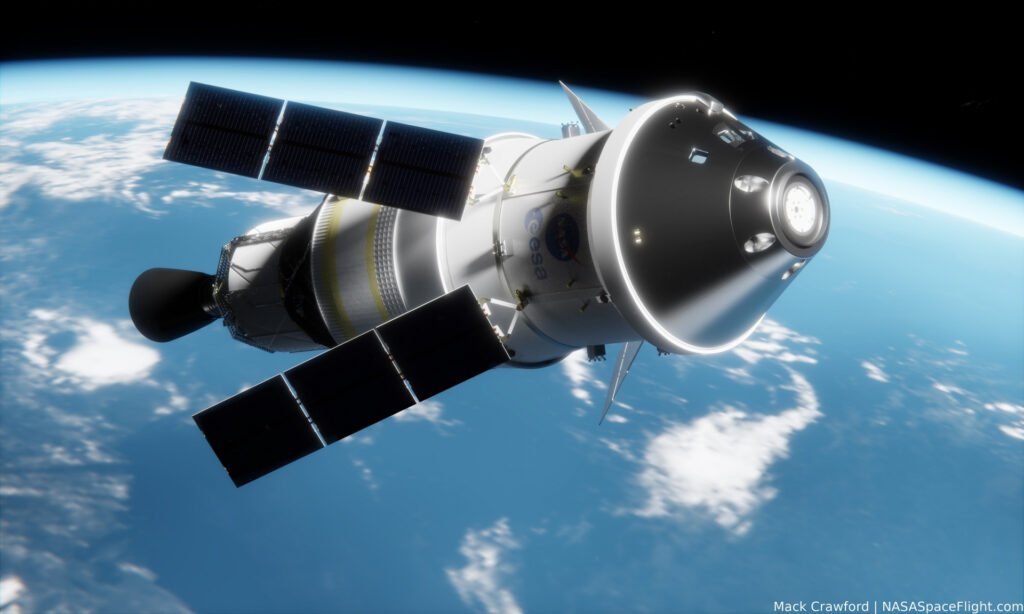The moment FSc results are out, a crucial decision looms for Pakistani students: pursue studies at home or explore international horizons. Both paths lead to diverse opportunities, yet each comes with its own set of realities, demands, and costs. This guide aims to provide a clear, realistic perspective on Higher Education Pakistan Abroad options for the 2024-25 academic year, helping you make an informed choice for your career.
Opportunities in Pakistan’s Evolving University Landscape
Pakistani universities are increasingly adapting to global academic trends, offering contemporary programs. For science streams, traditional choices are expanding. Pre-Medical students, for instance, can now look beyond MBBS towards specialized fields like BS Biomedical Engineering, available at institutions such as Riphah International University. This reflects a growing need for engineers at the intersection of healthcare and technology. For Pre-Engineering students, emerging disciplines like Robotics and Artificial Intelligence Engineering are gaining prominence, with NUST (National University of Sciences & Technology) explicitly offering such programs. These fields are designed to equip graduates with skills highly relevant to the modern industrial landscape.
In Commerce and Arts, opportunities are also diversifying. While a standalone “BBA Digital Finance” may not be a common direct FSc entry major at universities like LUMS (Lahore University of Management Sciences), digital finance skills are increasingly integrated into broader BBA programs and specialized certifications. Similarly, BS Psychology remains a popular and competitive degree at universities including the University of Punjab (PU), reflecting rising demand for mental health professionals.
A crucial, often overlooked reality is market saturation in some traditional fields. The sheer number of students pursuing Chartered Accountancy (CA), for example, creates intense competition for limited articleships. For those considering finance, exploring alternatives like ACCA (Association of Chartered Certified Accountants) or CFA (Chartered Financial Analyst) offers globally recognized qualifications with strong career prospects in emerging FinTech sectors, potentially leading to more diverse and accessible job markets.
Understanding Your Path: Higher Education Pakistan Abroad
For many, the appeal of international education is strong. Several countries offer competitive academic environments. However, a pragmatic approach is vital, especially concerning finances and real-world student experiences.
Affordable Destinations & Their Real Costs:
- Germany: Public universities largely offer free tuition, a significant draw. However, a mandatory blocked account of €11,904 (for 2025) is required as proof of living expenses for the first year. This substantial upfront deposit is a critical financial hurdle. While DAAD scholarships exist, they are highly competitive, especially for bachelor’s degrees, and often do not cover the entire blocked account, requiring students to have significant personal funds.
- Malaysia: It stands out as a more accessible option, with annual tuition fees ranging from USD 3,000 to USD 5,000 for many undergraduate programs at institutions like Universiti Teknologi Petronas (UTP) and Asia Pacific University (APU). Part-time work (up to 20 hours per week during semester breaks) is generally permitted, but average monthly earnings primarily supplement, rather than fully cover, living costs, which can range from MYR 1,200-2,000.
- China: Offers attractive 100% scholarships, especially under initiatives like CPEC, primarily for STEM fields. These scholarships are indeed comprehensive, covering tuition, accommodation, and living stipends. However, they are extremely competitive, awarded to top academic performers, and often require specific Chinese language proficiency (HSK levels).
The Unseen Challenges: Hidden Costs and Realities
Beyond stated tuition fees and blocked accounts, aspiring international students must prepare for numerous hidden costs and practical challenges. These include:
- Visa and Application Fees: Non-refundable costs that add up.
- Health Insurance: Mandatory in most study destinations, adding a regular expense.
- Airfare and Initial Settlement: Significant upfront costs for travel and setting up accommodation (e.g., security deposits, furniture).
- Currency Fluctuations: Can dramatically impact the real cost of living and tuition payments.
A stark reality check comes from countries like Australia, where living costs are exceptionally high. While anecdotal, the observation that “60% of Pakistani students in Australia work Uber Eats” highlights that the average monthly living cost (around AUD 1,400-2,500, roughly PKR 300K) often necessitates extensive part-time work. Relying solely on these earnings for living expenses can put immense pressure on students, potentially affecting their academic performance and well-being.
Making Your Informed Choice for Higher Education Pakistan Abroad
The decision regarding Higher Education Pakistan Abroad is deeply personal and requires thorough, realistic evaluation. Whether you choose to leverage the evolving opportunities within Pakistan or pursue a degree internationally, meticulous financial planning, a clear understanding of career prospects, and preparedness for cultural and academic adjustments are paramount. Future success hinges not just on securing admission, but on sustaining your journey with accurate information and robust support. Weigh the benefits and challenges of each path to truly invest in a sustainable future.
For more news and updates, please visit PFM Today.













